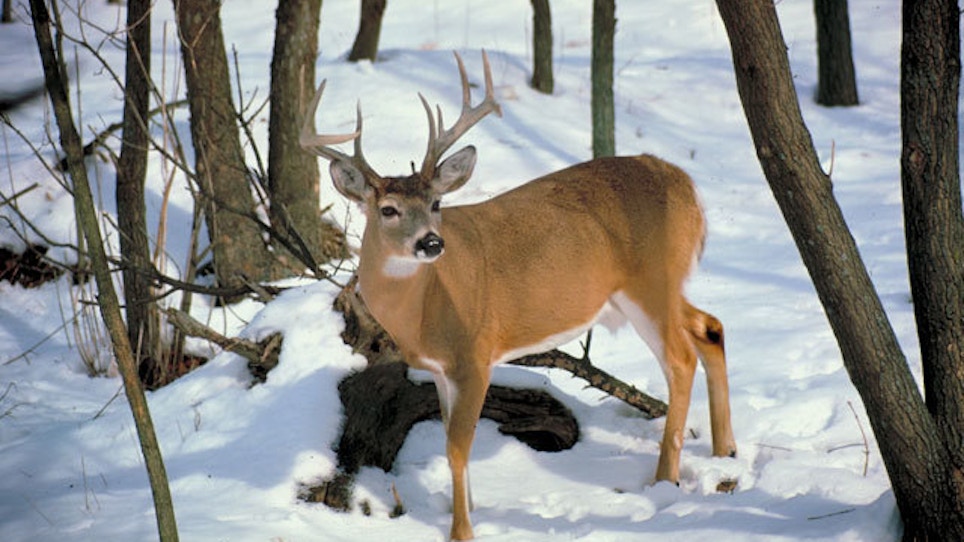Did you know that whitetail bucks have seven different scent glands that might or might not be important to you as a deer hunter? They include:
- Tarsal Gland: Located on the inside of the rear legs at the knee, they are what are known as a sebaceous gland, meaning they secrete a fatty lipid. Though deer hunters associate them with a strong odor, they are really odorless — until a rutting buck urinates on them. It is when the urine begins to decompose that each buck then has a unique odor that is used in the world of whitetails as a sort of ID card. Also, bucks rub-urinate on their tarsal glands all year around, but do so much more frequently during the rut.
- Metatarsal Gland: Located on the outside of the lower portion of each rear leg, these odorless glands are larger in deer the further north they live. No one is sure exactly what they do, but speculation is they have something to do with body temperature regulation.
- Preputial Gland: These small glands are located inside the penile sheath itself and serve to lubricate the sheath. They have nothing to do with communication between deer.
- Interdigital Gland: Smelly glands located between the toes of each front hoof; they produce a series of chemicals that disperse at different rates. Biologists believe these odors help other deer determine when another buck walked along a certain route and which way it is going.
- Nasal Glands: They serve to lubricate the nasal passages, which help a deer breathe and smell better. They are odorless.
- Preorbital Glands: Located at the base of the eyes, they lubricate the eye and release a faint scent.
- Forehead Glands: A very important gland during the rut, it is located on a buck’s brow between the antler pedicles. This gland is believed to communicate many things, including a buck’s age and whether or not it is ready to breed. This scent is spread throughout the woods every time a buck rubs a tree trunk or the licking branch above a scrape.
Photo credit: Jupiter Images/Photos.com/Thinkstock






